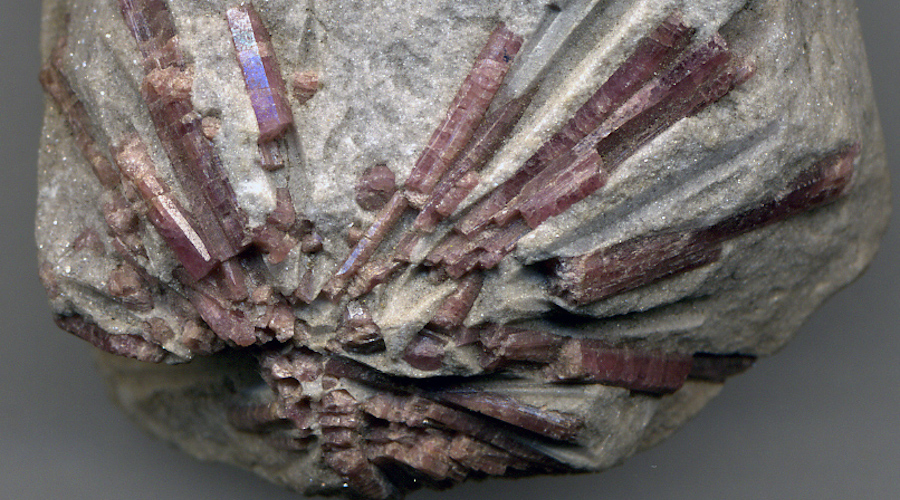Understanding how lithium-bearing pegmatites form is key to successful exploration efforts – study

UK and Canada-based researchers have joined forces to better understand the environments that host lithium-cesium-tantalum (LCT) pegmatites.
In a paper published in the journal Geology, the group points out that LCT pegmatites are spectacular rocks featuring impressive ultra-coarse textures and tiny sizes, which makes them very elusive. In addition to this, until a decade ago, they were often regarded as nothing more than a geological curiosity. As a result, humanity’s knowledge about them, particularly from an exploration standpoint, is limited.
“Knowing that certain environments have the right geological history to enable LCT pegmatite formation is paramount to finding them,” Lot Koopmans, lead author of the study, said in a media statement.
Koopmans said that two classic hypotheses explain the genesis of pegmatites as the product of either extreme fractionation of a parental granitic body or low-degree partial melting of a metamorphic rock.
For the paper, he and his co-authors used petrological modelling to evaluate whether significant lithium enrichment on the scale of an economic deposit could be achieved during these processes. They found that it could not—at least not starting with common rock compositions.
While studying pegmatites in Zimbabwe and the US, the team kept finding field evidence that just couldn’t be explained through the classic models.
From discussions at discipline-specific conferences, they got to work synthesizing their observations and thermodynamic calculations into a novel, multi-stage petrogenetic model: first, metasedimentary rocks undergo partial melting during prograde metamorphism, producing a granitic melt modestly enriched in lithium that crystallizes as a granitic intrusion; at a later time, this granite is then remelted, forming a highly enriched melt that ultimately crystallizes as a Li-rich pegmatite.
This proposed mechanism satisfies some geochemical and geochronological constraints that previous models could not, providing an efficient mechanism to increase lithium enrichment and generate economic lithium deposits.
“Finding the proof of concept is the next step, and that comes down to finding the right field area and method to study these pegmatite-forming processes—perhaps incorporating novel isotopic systems,” Koopmans said. “Hopefully, fellow geologists can now go to the field, find pegmatites, and gather the evidence to test whether they have formed according to the model we proposed.”
More News
Codelco agrees on $666 million in loans from Japan’s JBIC, commercial bank
The loan is intended to help supply Japanese manufacturers with a stable supply of copper concentrates.
April 01, 2025 | 06:47 am
Vale to receive $1 billion in Alianca Energia JV deal
Vale said it would sell 70% of Alianca Energia to Global Infrastructure Partners.
March 31, 2025 | 04:39 pm
{{ commodity.name }}
{{ post.title }}
{{ post.excerpt }}
{{ post.date }}



Comments